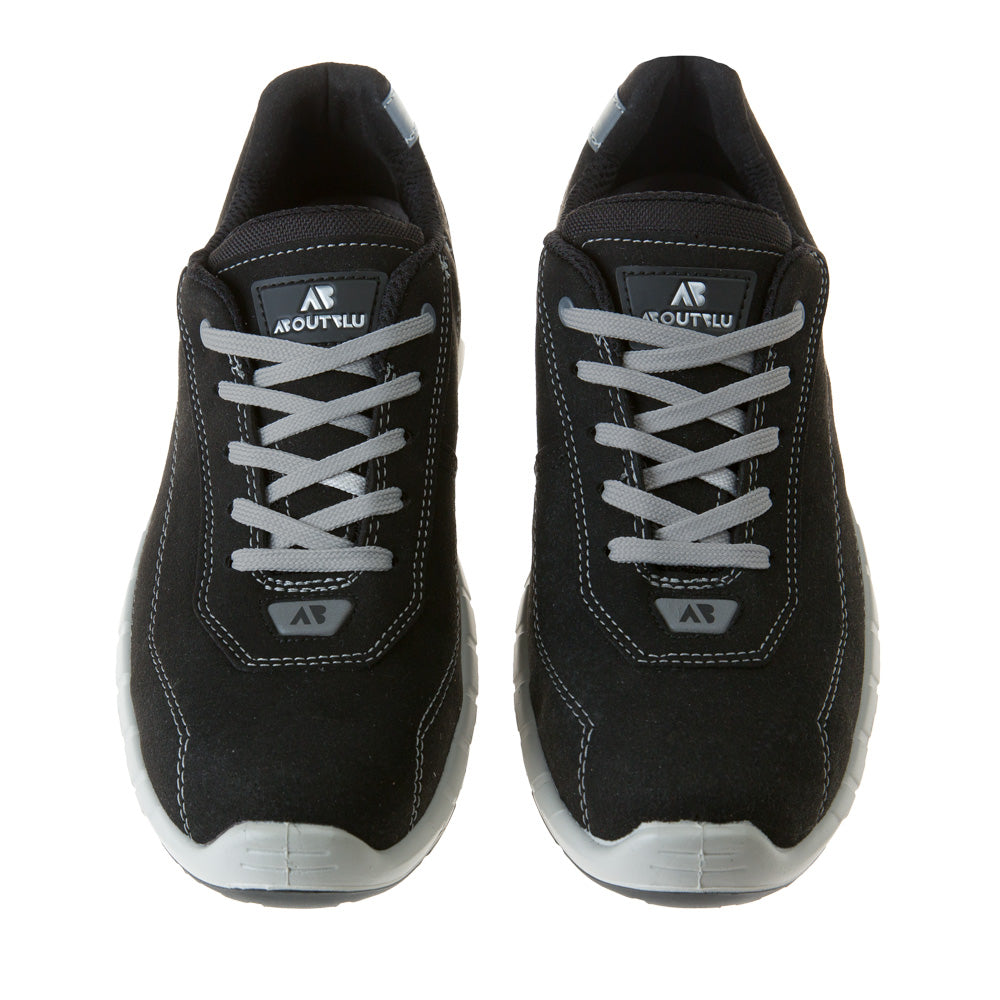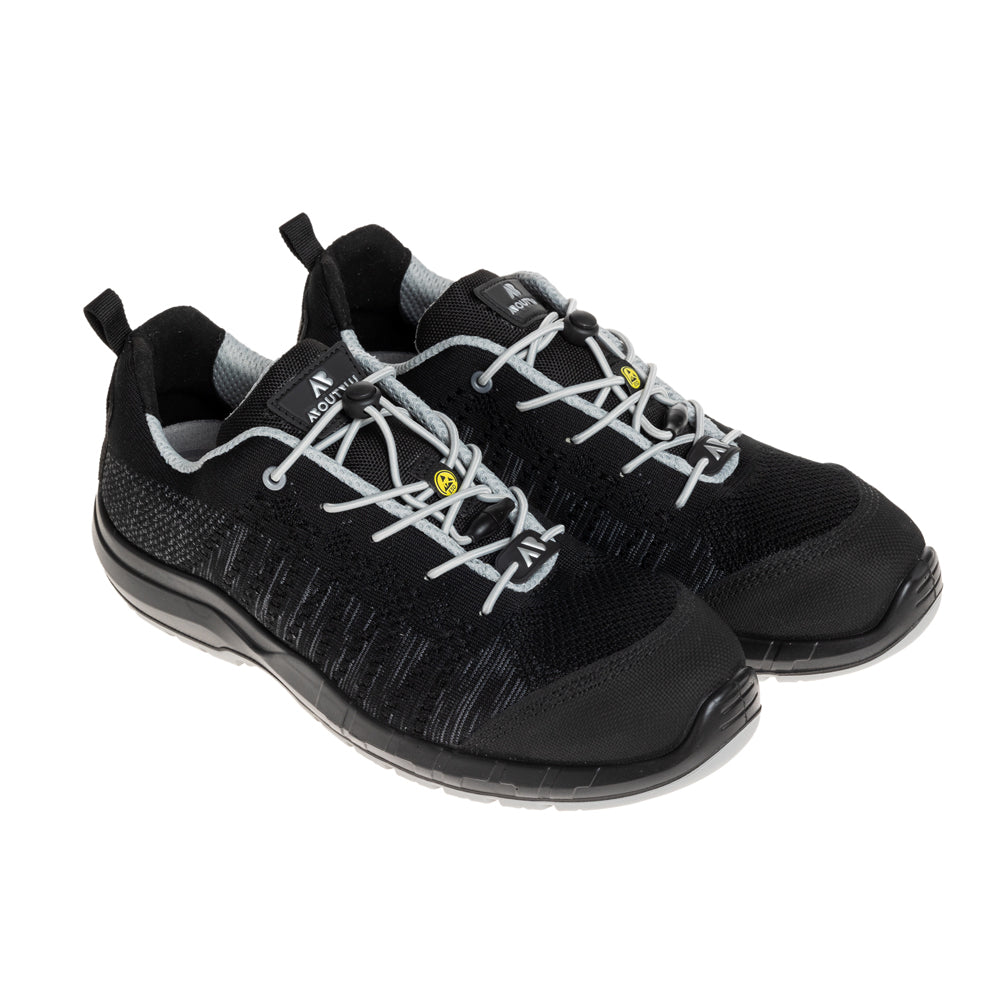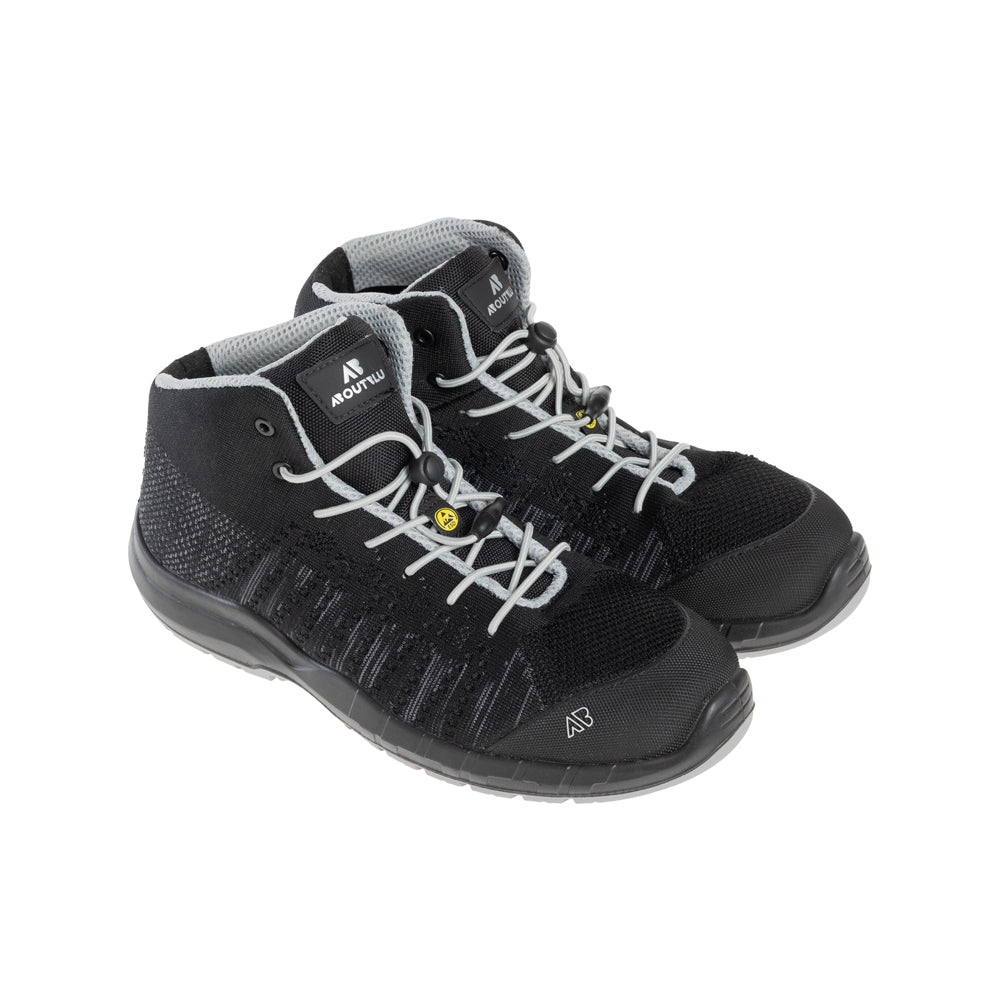If you’ve ever tried to decode standards for protective clothing with a coffee in one hand and a risk assessment in the other, you’ll know the feeling. So many numbers. Similar sounding names. Sub-clauses that seem to multiply the moment you blink. The aim here is simple. A simple compliance resource you can hand to a facilities lead or a site supervisor and say, follow this and we’ll be in good shape. The focus keyword is iso compliant workwear, but the real goal is safer people and fewer surprises when auditors arrive.
And just to set expectations. Standards change. Sectors vary. Use this checklist as a living tool alongside your risk assessments and supplier information. If you run a mixed estate with warehouses, workshops and outdoor teams, work through each area separately. One pass per job role is faster in the end.
Step one: map your hazards to the right families of ISO
Before you look at catalogues or send a tender, list actual hazards for each role. Then pair them to the right standard family. A quick starter list you can adapt:
-
General protective clothing baseline
ISO 13688 gives the essential requirements for protective clothing. Think ergonomics, sizing, innocuous materials and labelling. It rarely stands alone. Treat it as the foundation stone that other standards sit on. -
High visibility for traffic and plant
ISO 20471 covers high visibility clothing. Classes 1 to 3 depend on the amount of fluorescent and retro-reflective material. Roadside and airside work usually needs Class 2 or 3. There’s no substitute for seeing teams at dawn on a wet day. If you can’t pick them out quickly, you need more conspicuity. -
Heat, flame and welding
ISO 11612 deals with protection against heat and flame. ISO 11611 is specific to welding and allied processes. Look for code letters that match the risk, for example radiant heat or molten metal splash. -
Anti-static and explosive atmospheres
IEC 61340 and related EN ISO references address electrostatic protection. In simple terms, fabrics and footwear must help dissipate charge safely. Crucial for ATEX zones and electronics assembly. -
Chainsaw operations
ISO 11393 covers requirements for chainsaw protective clothing. Specify the protection class that matches chain speed and task. Forestry, utilities clearance and arborist teams should be matched to the right type and class, not just any pair of chaps. -
Weather and water exposure
EN 343 is often paired with ISO references for protective clothing. It rates resistance to water penetration and water vapour transmission. Outdoor crews need the level that keeps them dry without turning jackets into saunas. -
Chemical splash
ISO 16602 and related EN categories help define chemical protective clothing types. For splash work, choose the right class for permeation and penetration based on your specific agents. -
Safety footwear
EN ISO 20345 gives the S codes you know from tenders. Toe protection is standard and you add midsole penetration, metatarsal guards, antistatic properties or slip resistance as needed.
You don’t have to memorise the numbers. You do need to write them into your specification and your purchase order. If a supplier can’t show the certificate and the test results for the exact garment you plan to buy, walk away.
Step two: build a simple but strict spec sheet
For each garment category create a one-page spec that sits with the job role. Keep it boring and exact. The headings below work well.
Standard and class required
Write the full designation such as ISO 20471 Class 2 hoodie or ISO 20471 Class 3 jacket. Add secondary standards like ISO 13688. If you require flame resistance and high visibility on the same garment, state both.
Fabric and performance minimums
Include abrasion, tear and tensile strength where relevant. For high visibility, include minimum luminance and retro-reflection performance. For rainwear, note the EN 343 class for water and breathability. A few numbers save many returns.
Colour and cut
State colour values clearly and note contrast areas. For visibility, ensure you don’t reduce the fluorescent or reflective area with unnecessary branding or panelling. Fit matters for safety. Over-long sleeves and loose trousers can create snag risks.
Labelling and traceability
Insist on permanent labels that show the relevant standard, class, care symbols and a batch or serial reference. Ask for digital certificates for your records. If you run multiple suppliers, use your own internal SKU mapped to each certified garment to avoid substitutions.
Care and lifecycle
Note maximum wash temperatures, tunnel-drying limits and any restrictions on industrial laundering. ISO 15797 is a useful reference for testing garments intended for industrial washing. If you outsource laundry, align the spec with your provider.
This is the page your buyers, supervisors and auditors will all look at. Don’t let it live only in a spreadsheet no one can find. Print it. Stick it inside the wardrobe. Save it in the safety management system with a sensible name.
Step three: test one size run on real people doing real work
Lab tests give confidence. Field wear gives truth. Before you commit to volume, order a full size run and put it on the job for two weeks. Create a quick feedback form that asks workers about comfort, range of motion, visibility in poor light, pocket usability with gloves, and whether the garment snags or rides up. If feedback is vague, stand on site for an hour at shift change and watch. You’ll see jackets left unfastened, cuffs that don’t close over gloves, or trousers that drag on steps. Small issues, big safety consequences.
Capture those notes and update the spec. If you need a storm flap rather than a simple zip cover, add it. If the reflective tape cracks after repeated bends, change the brand. The phrase iso compliant workwear only means something if the clothing is worn correctly day after day.
Step four: verify certificates and keep them tidy
A certificate once seen and then lost doesn’t help at audit time. Ask your supplier for a full technical file for each garment including certificate, test report summaries, user information and care instructions. File them in a shared folder with clear names that match your internal SKU. Tag them to the cost centre or site. When someone queries whether a vest is Class 2 or Class 1, you need that answer in seconds.
Check expiry dates and surveillance schedules. Many certification bodies require ongoing audits. If a certificate lapses, treat it as a non-conformance and resolve it quickly. Keep a simple register with garment name, standards covered, certificate number, issue date and review date. A ten-minute admin job that makes you look very organised when the regulator visits. The HSE guidance on PPE is a solid companion when you’re writing or reviewing these processes.
Step five: match care, repair and replacement to the standard
Workwear only remains compliant if it’s cared for within the limits of the standard and the manufacturer guidance. Three points to police quietly but firmly.
Washing
Industrial laundering can degrade fluorescent dyes and reflective tapes. Set wash cycles that align with the care label. Ask your launderer for proof of process controls. Randomly inspect garments after set numbers of washes.
Repairs
Don’t allow ad hoc repairs using non-compliant fabrics or household tape. For high visibility, patch with like-for-like fabric that maintains surface area. For flame-resistant garments, only FR materials should be used for sewing and patching.
Retirement
Codify when a garment must be removed from use. Examples include reflective tape below a visible threshold, torn seams in stress areas, or visible contamination that can’t be removed. Put it in a one-page policy that supervisors can enforce without an argument.
Step six: train and refresh without the lecture
Most workers don’t want a standard number. They want to know what to wear, why it matters, and how to spot when something is no longer safe. Use five-minute toolbox talks. Bring two examples, one compliant and one not, and ask the team to call out the differences. Add a quick note on how the standard protects them. Repeat monthly. Rotate the theme. High visibility in winter. Rainwear breathability in spring. Flame resistance when welding schedules ramp up. Familiarity creates quiet compliance.
Quick picks that fit a spec
Sometimes it helps to see what compliant looks like in the real world. A few examples you can drop into a trial run and evaluate against your own risk profile:
-
Hi-vis hoodie for Class 2 roles
A practical mid-layer when full jackets are too warm. Try the Regatta Hi Vis X Pro Hoodie Class 2. -
Hi-vis work joggers for mobile teams
Comfortable for long shifts and useful for delivery crews and maintenance. Try the Regatta Hi Vis Pro Joggers. -
Softshell for shoulder-season weather
When you need wind resistance and movement without bulk, a softshell earns its place. The Stanley Teton 2 Layer Full Zip Softshell is a strong candidate for non-hi-vis roles. -
Safety trainers for light industrial and warehousing
Comfort matters for step counts that would shock most office folk. The Skechers Arch Fit SR Ringstap Safety Trainer is worth a look when you specify EN ISO 20345 toe protection with slip resistance for smooth floors. -
Traditional safety boots for rough ground
Outdoor, yard and construction teams still reach for boots with ankle structure and durable uppers. The DeWalt Apprentice Nubuck Safety Boot is a familiar silhouette.
Treat these as starting points for trials rather than final answers. Real-world fit testing and proper certificate checks come first.
Your quick tick list to print
-
Hazards mapped to the correct ISO families for each role
-
One-page spec per garment with standard, class, performance minimums and care
-
Size run tested on real tasks and feedback captured
-
Certificates stored with clear names and review dates logged
-
Care, repair and replacement rules written and enforced
-
Short, regular training with live examples
-
Supplier scorecard that checks delivery accuracy, certificate validity and worker feedback
If you’re tightening up after a near miss or a tough audit, start with the three biggest risks and the garments that go with them. Win those and the rest will follow.
A word on regulators and proof
In the UK, the Personal Protective Equipment Regulations and the Health and Safety at Work etc. Act sit over your workwear decisions. Documentation and evidence matter. Keep your risk assessments current. Keep your specs and certificates linked to those risks. When you make a change, record why. When you dispose of old stock, note the reason. None of this takes long if you do it as you go. It takes forever if you leave it for year end. If you need an external yardstick while you refine your process, the British Standards Institution is a reliable place to confirm current editions and terminology.
Choosing suppliers who make life easier
Price matters. But responsiveness matters more when a batch arrives with the wrong class of vest. Choose partners who can provide digital certificates on request, who understand the standards beyond a sales sheet, and who will work with you on small design changes that preserve compliance. Ask them to confirm the exact test lab used and the scope of testing. Ask how they handle fabric changes and whether that triggers retesting. The right answer sounds confident and specific. The wrong answer sounds like a delay.
Bring it together
Iso compliant workwear isn’t a trophy for the cabinet. It’s a quiet, daily habit that starts with the right specification and continues with care, records and respectful training. Use this checklist as your baseline, adapt it to your risks, and let the evidence build itself every time you order, issue, wash, repair and retire a garment. When someone asks if your team is compliant, you can show them rather than tell them. And when you want to sanity-check a claim or wording, keep the HSE PPE guidance and the main ISO site in your bookmarks.










